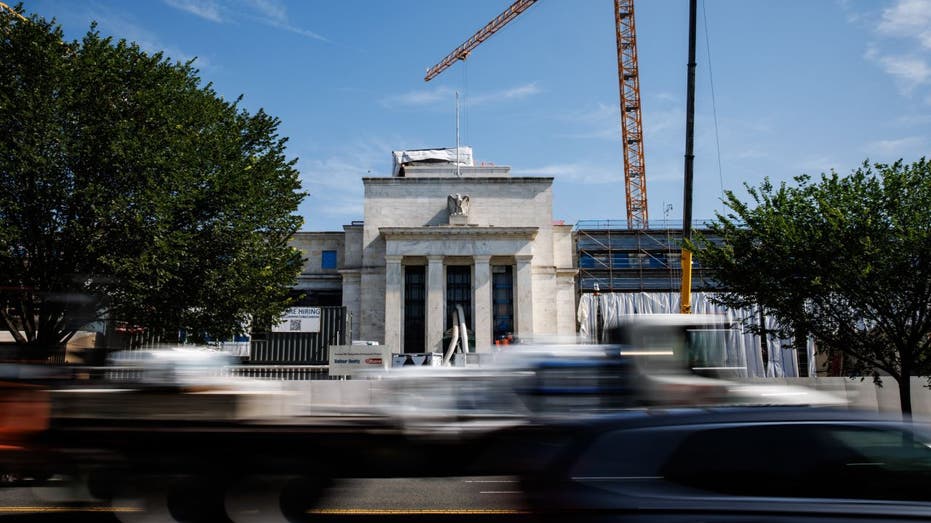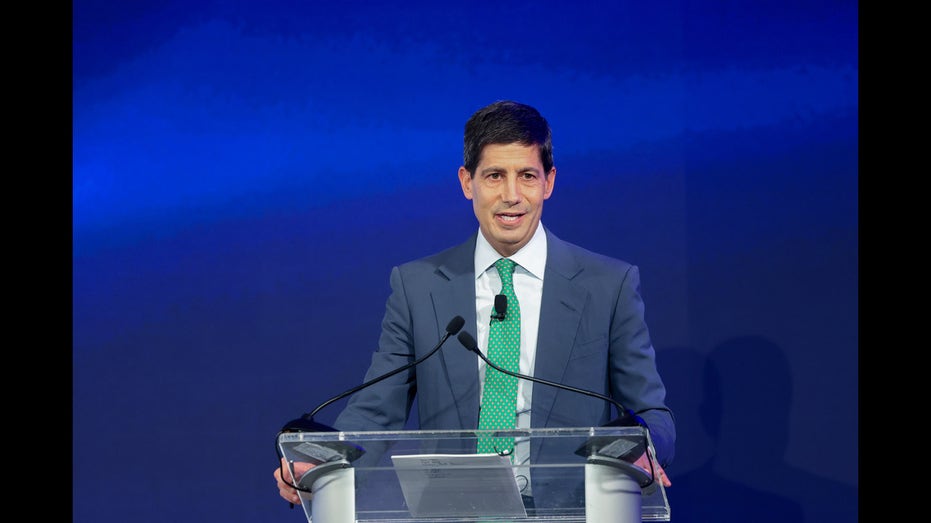The Federal Reserve is set to announce its next interest rate decision on Wednesday and the monetary policy meeting comes as the economy is facing a weakening labor market as well as elevated inflation.
Fed policymakers are widely expected to cut the benchmark federal funds rate by 25-basis-points, lowering the target to a range of 3.75% to 4%. The anticipated rate cut comes after the Fed cut rates by that amount at their September meeting. Markets also expect another rate cut of that size at the Fed’s subsequent meeting in December.
| Ticker | Security | Last | Change | Change % |
|---|---|---|---|---|
| I:DJI | DOW JONES AVERAGES | 47207.12 | +472.51 | +1.01% |
| SP500 | S&P 500 | 6791.69 | +53.25 | +0.79% |
| I:COMP | NASDAQ COMPOSITE INDEX | 23204.866975 | +263.07 | +1.15% |
The Dow Jones Industrial Average, Nasdaq Composite and the S&P 500 are all sitting at record highs. The Dow closed above 47,000 for the first time on Friday.
Dow Jones Industrial Average
.
The latest inflation data from September released on Friday showed that the consumer price index (CPI) ticked up to 3% year-over-year. The ongoing government shutdown has indefinitely delayed the September jobs report, though data released over the summer showed a slowdown in hiring dating back to this spring – creating a challenging situation for policymakers.
Ryan Young, senior economist at the Competitive Enterprise Institute, told FOX Business that “Three percent inflation is usually high enough for the Fed to consider raising interest rates in order to get inflation closer to its 2% target.”
INFLATION REMAINED WELL ABOVE THE FED’S TARGET IN SEPTEMBER AHEAD OF RATE CUT DECISION
“This time around, there are warning signs all around the economy, from rising unemployment to seven straight months of contraction in manufacturing due to tariffs,” Young said. “That is what is pushing Fed officials towards cutting rates. But that stimulus comes with a tradeoff: it risks higher inflation. They’re taking a chance, and it might not pay off.”
Lowering interest rates to support the labor market — despite the risk of a resurgence in inflation — could also have an impact on federal spending. The cost of servicing the more than $38 trillion national debt topped $1 trillion in the fiscal year that concluded at the end of September.
EJ Antoni, chief economist at The Heritage Foundation, noted in an interview with FOX Business that elevated interest rates on the national debt have caused the Treasury Department to continue issuing short-term debt, rather than extending the duration at lower rates.
“Part of the problem that we’re facing right now is that the debt issuance is very, very heavily reliant on short-term debt,” Antoni explained. “The reason that the Treasury secretary is having to do that is because the rates haven’t come down yet.”
FED’S POWELL POINTS TO PERSISTENT LABOR MARKET WEAKNESS AS GOVERNMENT SHUTDOWN DELAYS OFFICIAL REPORTS

“If you lock it in at those very long terms, you’re now stuck paying high levels of interest for a very long period of time, so we’re basically having to just constantly roll over the debt in the short-term and hope and pray that our benevolent overlords at the Fed are going to bring down rates sometime soon so that we can lock in those low rates,” Antoni said.
When the Fed cut interest rates last September by 50 basis points to kick off the rate-cutting cycle, Treasury yields moved higher and exacerbated the issue of servicing the debt.
“Just because the Fed is going to move a particular interest rate in one direction does not mean you’re going to see a corresponding move in consumer interest rates or in the rate on Treasuries,” Antoni said. “Let’s say we get a bunch of Fed cuts, but then Congress goes back on a spending spree and the government is just borrowing money hand over fist. What happens? You’re going to see rates rise again.”
FED MINUTES SHOW POLICYMAKERS REMAIN CONCERNED ABOUT INFLATION AS THEY WEIGH RATE CUTS

Former Federal Reserve Governor Kevin Warsh said in an interview on FOX Business’ “Maria Bartiromo’s Wall Street” that the Fed has done a poor job of managing inflation expectations and that new leadership is needed.
“The reason why most households, most businesses, think that inflation is going to still be well above 2% is because that’s what the Fed’s delivered,” Warsh said. “I think until there is a regime change at the Fed, until there are new people running the Fed with a new operating framework, they’re stuck with their old mistakes.”
Warsh, who is under consideration by the Trump administration to succeed Fed Chair Jerome Powell when his term as chair expires next year, added that, “The real reason we’ve had progress on the inflation front isn’t because of the Federal Reserve, in my view, Maria. It’s because of the president’s policies.”
“His policies have strengthened the economy. His policies have lowered prices. But unfortunately, the Fed’s working at cross-purposes with him. And I, frankly, quite understand his frustration,” Warsh added.
Read the full article here









